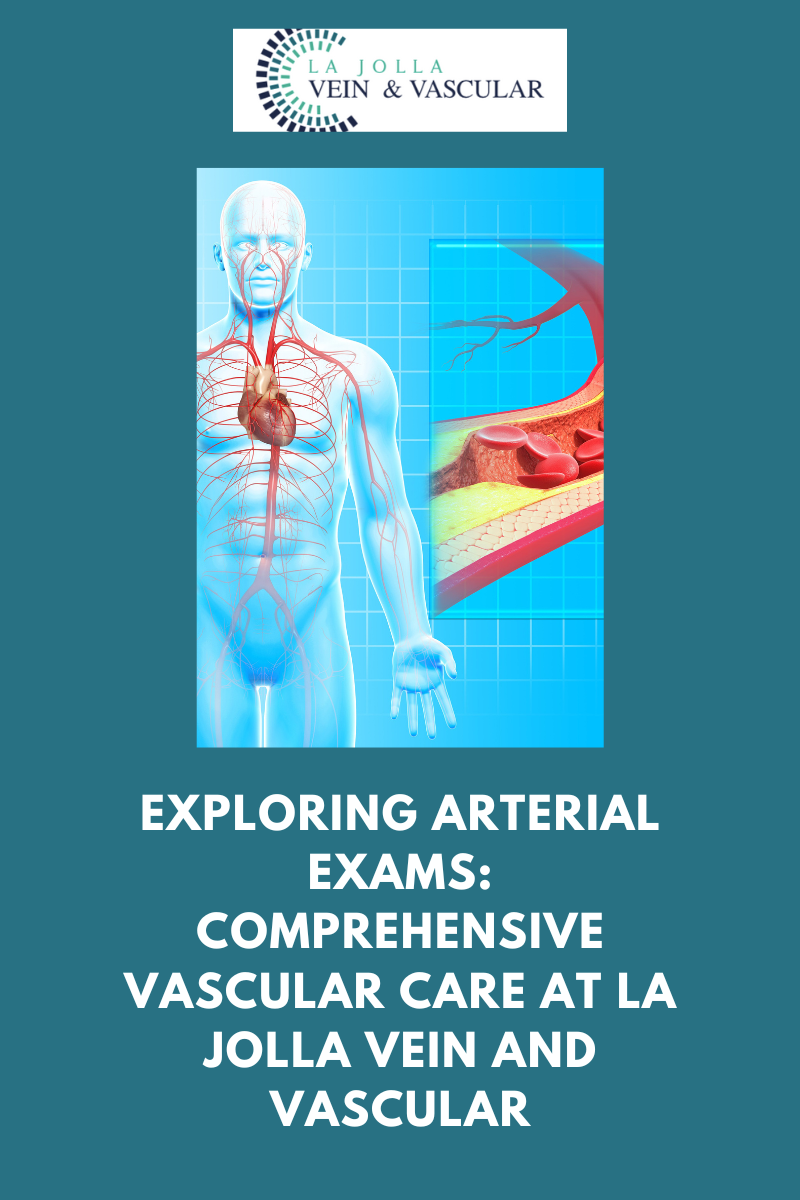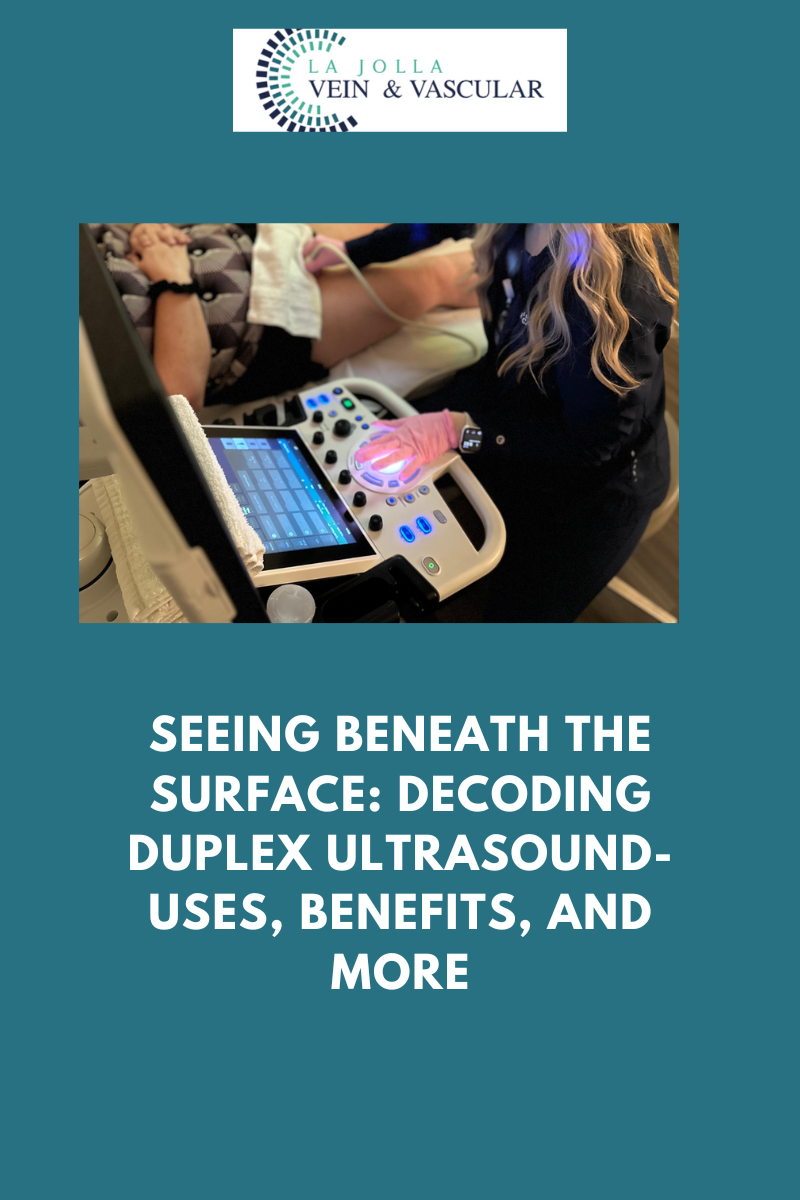Pros and Cons of Pelvic Vein/Ovarian Embolization Procedure:

Pros and Cons of Pelvic Vein/Ovarian Embolization Procedure:
Benefits
- Pelvic Vein Embolization of the ovarian vein or pelvic vein has already been demonstrated to be a safe procedure for relieving pain sensations and improving varicose vein appearance.
- Embolization helps shut off affected veins, easing pressure from them, so they reduce in size.
- It’s a minimally invasive technique requiring only a tiny incision in the skin. You won’t even need stitches.
- Fewer complications than traditional surgery. You also lose less blood, and the incision mark is not even visible. You won’t also need to stay in the hospital for long.
- 85 % of women who undergo the procedure report feeling much better within 14 days of the operation
Pelvic Vein Embolization Risks
- You may be allergic to the iodine-based dye and a contrast agent used to take detailed images.
- A small number of women develop infections after embolization.
- Since the procedure involves placing a tube inside blood vessels, it may damage them or cause bruising and bleeding at the point of incision.
- if an embolic agent migrates to the wrong place, it may cut off the oxygen supply to the tissue, i.e., non-target embolism
- There’s a 10 % chance that the varices may develop in the veins again.
- It exposes the ovaries to radiation. However, studies have not found any links between the procedure and infertility or abnormal periods.
How to Prepare for Pelvic Vein Embolization?
We offer treatment for Pelvic Vein Embolization at La Jolla Vein & Vascular. The doctor will monitor your blood pressure and heart rate. Some patients suffer slight pain or discomfort following the surgery, which can be managed with simple medications taken by mouth or intravenously through the cannula.
Bed rest is advisable for a short period after the procedure. Most patients are cleared to leave the hospital after 4 hours. However, if you’re in significant pain, you might want to stay for longer and get extra care.
Once discharged, expect to resume your normal activities within a few days; however, don’t drive within the first week following the procedure. Of course, you can wait for longer in case of groin discomfort and get medical care too.
After your operation or therapy, your doctor may urge a follow-up scan and checkup. This is to determine whether the operation was successful and address any changes or adverse effects you may have noticed following the treatment. Just like other varicose veins on the leg, engorged veins in the thigh, vulva, buttocks, etc., may need to be treated separately.
The enlarged veins should gradually reduce in size within a few weeks by preventing reflux in pelvic veins. Even the vulvar varicose veins should disappear. You can also seek treatment for any varices in the lower legs. Various safe treatment options can be used to rid of the condition for good. However, seek treatment for other vein varices only after dealing with pelvic vein varices to reduce the chances of the condition coming back in the future. After pelvic vein embolization treatment, any symptoms you’ve been experiencing due to the veins, should go away.
- You will need to have your warfarin medication altered if you are taking any before the pelvic vein embolization. Consult with a doctor for details.
- Keep a list of your medications, even the herbal ones, and inform your doctor of any allergies, including allergic to the iodine dye.
- Inform your doctor of any recent medical issues, illnesses, or if you are pregnant. Pelvic venography and vein embolism involve the use of X-rays; you don’t want the fetus exposed to the radiation.
- Pack comfortable clothes; you will also be given a gown at the hospital for use during the procedure.





